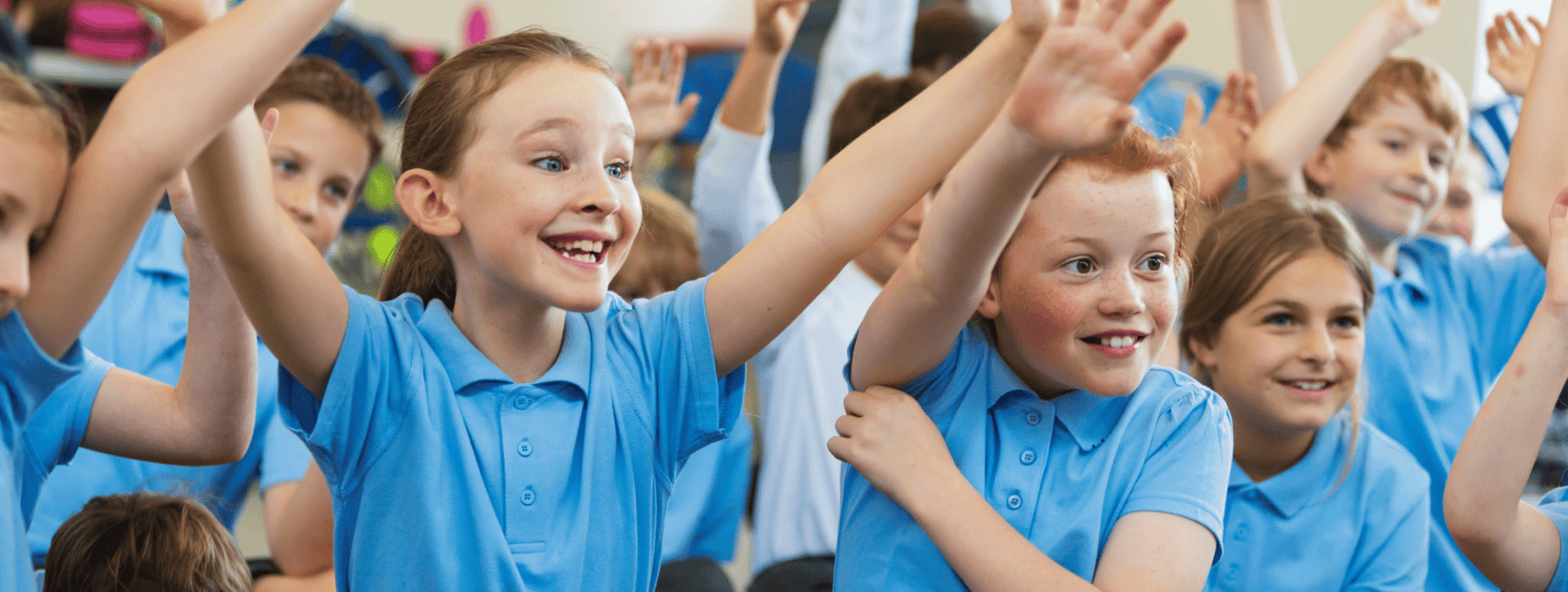
5th February 2024
How to support children with their mental health in the classroom
We all have mental health, and it’s important to recognise that your mental wellbeing is just as important as your physical wellbeing. Raising awareness around mental health in the classroom can be particularly tough, especially because it’s such a sensitive topic. However, it’s important for teachers to provide a safe space and simple tools that students can use to manage their mental health. School should be a place for learning, but it should also be a peaceful place for students, too.
Here are some ways that you can support children with mental health in your classroom.
Create a quiet or silent corner
Emotional regulation can be very complex even for adults, let alone children still trying to figure themselves out. Having a quiet or silent corner in your classroom is a great way to teach emotional regulation and support students who are going through a difficult time. A great way to start your quiet corner would be to create a set of rules for when it is and isn’t appropriate to use it.
This will enable you to slowly teach students that having emotions such as anger, sadness, anxiety, or overwhelm is completely normal, we just need a moment to feel those emotions and have a quiet moment. Not only will this create a space for emotional regulation, but it will normalise to students that we all have these emotions, and it’s important to communicate and feel them rather than suppress them.
Your silent corner can also have things such as cushions, blankets, and noise-cancelling headphones to encourage self-soothing. Finally, having a quiet or silent corner encourages children to be aware of how they’re feeling and know when they need a time-out. This is great for you as a teacher, because you’ll slowly begin to learn what triggers each student, as well as how apt they are at mitigating it themselves before an adult needs to intervene.
Positive affirmations or gratitudes
Starting your class off on a positive note is important for self-esteem and mental well-being. You could start by dedicating 5 minutes before the start of a lesson to go around and get everybody to say one positive thing about themselves. Positive affirmations have been shown to reduce negative thoughts and feelings, and can be a great way to instil healthy thinking among students.
These affirmations don’t need to be extensive, either. If you find that students struggle with one positive affirmation every day, get them to switch between positive affirmations and gratitudes. Expressing gratitude helps to keep you grounded in the present, and simple things such as “I’m grateful that the sun was shining today” can encourage students to think more positively about their lives.
If you don’t have time to do positive affirmations or gratitudes every day, make it a conscious effort on a weekly basis. For example, spend 15 minutes in the morning getting everybody to write their gratitude/affirmation on a post it note, and then have these displayed in the classroom for the whole week as a visual aid!
Encourage movement
Physical exercise isn’t just great for our physical health, but it produces endorphins and actively improves our mental health, too! You may not have time to do a mini workout with your students, but getting everybody to do a series of guided stretches with you (2-3 minutes worth) can create a calmer and less chaotic classroom environment.
When you’re dealing with so many children, it can be just as overwhelming for them as it is for you. What we mean by this is that children are surrounded by so many personalities and environments when at school, and for some children, the day-to-day of school can be overwhelming. Creating an opportunity for slow, steady movement such as stretching can create a calming energy, so students can truly thrive.
Teach and practice mindfulness
Similarly to slower movement such as stretching, mindfulness is an excellent way of improving the mental health of children in the classroom and, once more, teaching emotional regulation.
“Although in its early stages, research on the effects of school-based mindfulness programs is being fueled by three decades of studies on adults, which shows promise for its psychological and physiological benefits. Researchers are turning their focus to children and teens to figure out what, when, how much, and from whom the teaching of mindfulness works best.” – Mindful.org
Mindfulness doesn’t need to involve training in yoga or breathing exercises, either. It can be very simple things, that take a few minutes of your time at the end of a class. For example, a great exercise is asking your students to close their eyes, plant both feet on the ground and put one hand over their heart. Breathe in and out for 10 breaths with your students, and then ask them to sit in silence for 1 minute. This is a small (but mighty) way to finish a lesson in a calming way.
To conclude, it’s important to note that the mental well-being of every single child is not your responsibility, and if certain students are exhibiting concerning behaviours, it’s important to escalate these sensitively. However, focus on the things that you can control as a teacher, and create a safe, open space for children to learn not just what’s on a syllabus, but also about themselves.
Check out our reading corner for more useful content 📖
Recommended for you
International Women’s Day in the Classroom
International Women's Day is a global day that celebrates women and their...
- We are Engage
- •
- 3 Min Read
Classroom ideas for World Book Day
World Book Day This year World Book Day is on the 7th...
- We are Engage
- •
- 3 Min Read
Valentine’s Day inspiration for your classroom
Valentine's Day is an excellent day to celebrate in the classroom because...
- We are Engage
- •
- 3 Min Read


